Recently I have been obsessed with sharing a variety of film machines on the tail, some of them are my collections, and some are old objects that my friends asked me to receive. Each camera has her own story. While looking for a machine, many interesting stories are also discovered. The old camera introduced today is a purely mechanical camera produced by Argus in the United States in 1951. Its sales volume is even more amazing. Here I will reveal her mystery.
First introduce Argus: Argus is a camera factory in Michigan, USA. Its predecessor, IRC, is a company that manufactures radios. This company can be regarded as having a place in the history of camera development, because the sales volume seems to he can It is one of the great players that popularizes the 135 film we are accustomed to using. Although the first 135-size camera in history was Retina produced by Kodak AG (combined with the 135 film launched by Kodak in 1934), due to the price factor, there was no way to quickly make this new specification popular in a short time.

It was not until two years later that Argus A was introduced by Argus, which had established the “historical status†of 135 specifications to some extent. Argus helped 135 negatives succeed. The Argus C-four model introduced today was produced in about 1951. According to Camerapedia, he sold more than 3 million units in the 50's. It is an astonishing number. This camera is the same as her predecessor. The series is different.
In modeling, he is no longer brick-like, but replaced by a sleek arc, not only with the previous generation, but also in the German and Japanese models there are few similar shapes.
The metal part has the texture of aluminum.
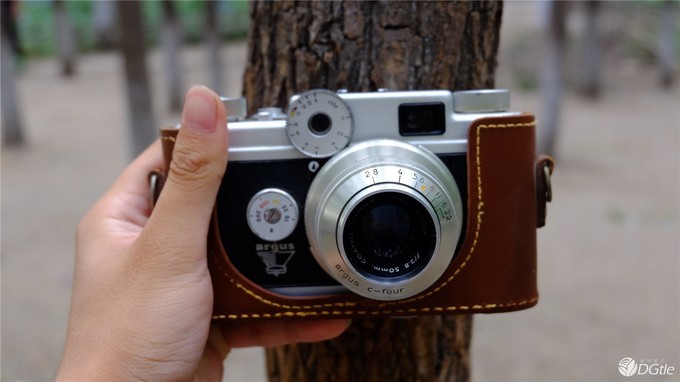
The low-reflection matte surface treatment not only has a refreshing feeling on the touch and the visual sense, it reminds me that the 3C product of our time is like all-in-one piano paint. However, one does not care about leaving fingerprint grease easily.
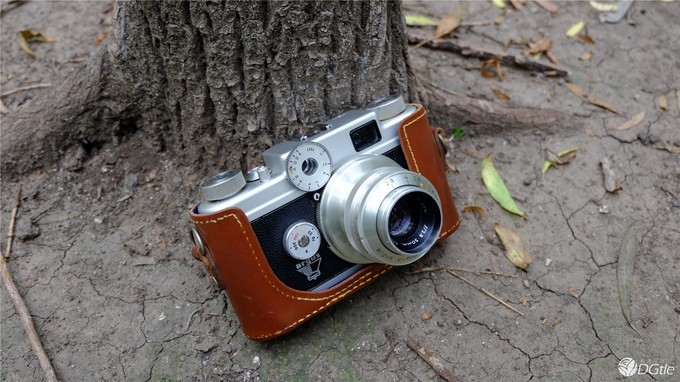
The shortcomings that you can notice when you think about it a little more.
Comparing Argus C-four's metal processing is remarkable from my point of view. From the front, the most direct visual experience is the three circular main devices: the lens, focusing and shuttering devices.
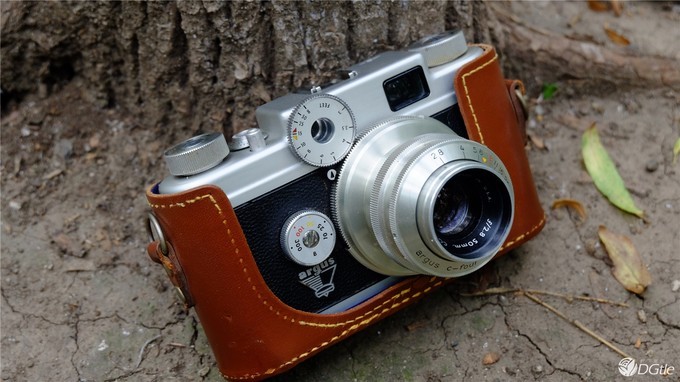
The focusing mode is very special. The gear of the rangefinder will drive the focus ring of the lens part. The overlap shadow is circular, which is the middle lens of the round rangefinder. Of course, it is also possible to rotate the lens directly, which is somewhat similar to the RF method of the Russian KIEV.
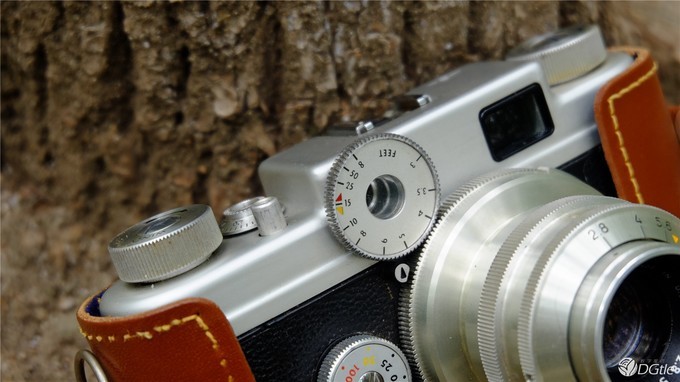
In addition to the Argus emblem next to the lens section, there is a shutter setting with six segments. The type is a shutter between lenses.
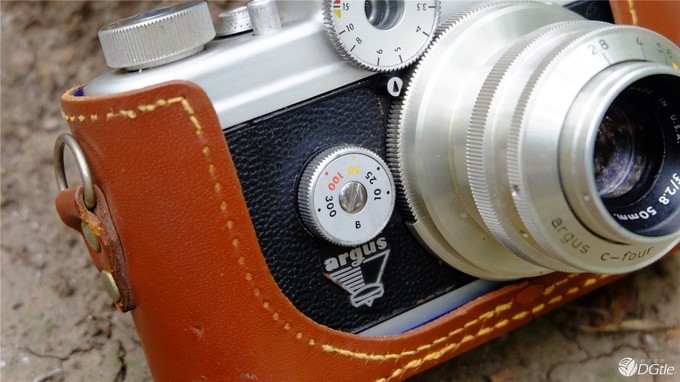
The top design can be described as simple, return knob, hot shoe, film counter, shutter button, and shutter knob. When the film slides through the shutter knob, the shutter button will also finish. After rising to the correct position. To add a note about this gauge, it is shown that there are only a few left, so after loading the film, you must first set it to 36 (or 24).

When the film is to be filmed, the correct procedure for the film is to pull the film first and reverse it (because the film has been taken and the clockwise rotation has stopped). Turn the 1/4 turn until the upper knob stops at the ascending position. At this moment, the axis locks to complete and you can begin to rotate the slide-back knob.
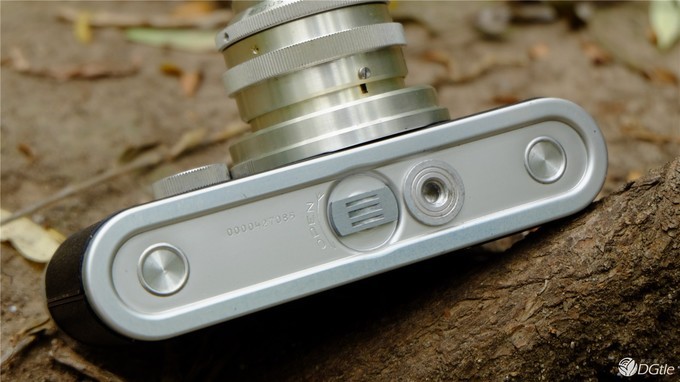
The bottom of the machine is also quite concise, with the back of the switch and the tripod screw hole, and the back of the machine is withdrawn.

The lock knob on the bottom center can be rotated to unlock the back cover, and the back cover can be opened after being pulled out.
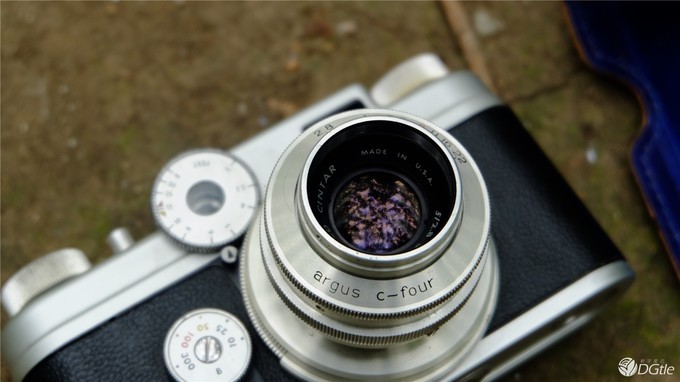
The lens is a simple three lens Coated Cintar 50mm, the maximum aperture is 2.8 (this structure is regarded as a large aperture), the bokeh has a special rotating effect.
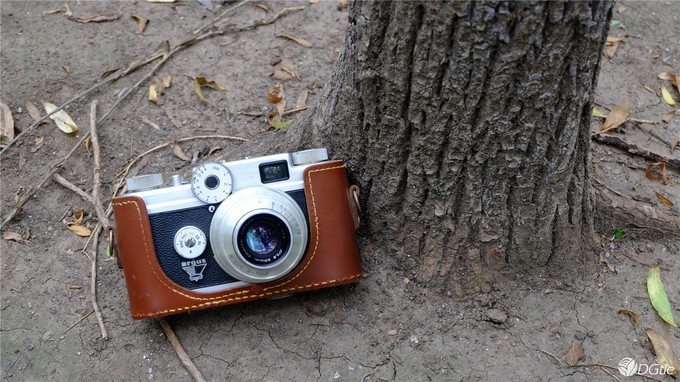
This camera is simple and easy to use.
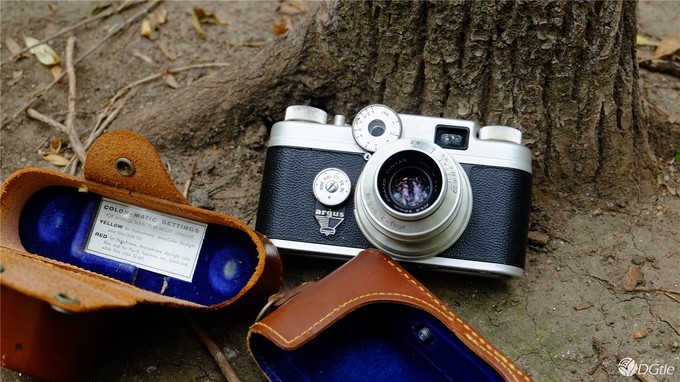
The weight is also light and feels good.

Mechanical operation is not easy to have too much mechanical problem.

The original leather case is also very texture.

Split holster.
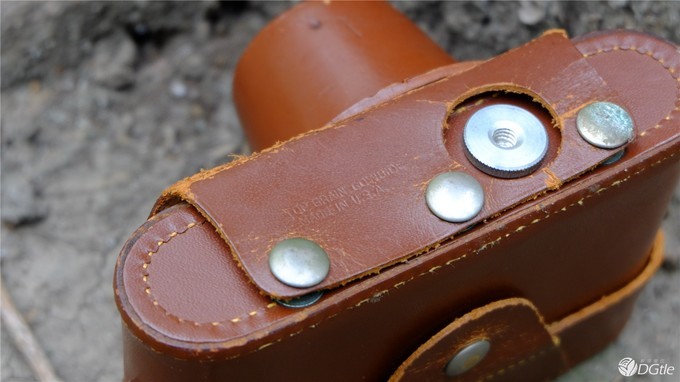
At the bottom there is a stencil on the origin and other information, and there is a nameplate inside the holster.

Come to a close-up.

In conclusion, this machine, because the overall situation is very perfect, gives a great feeling. The texture of the machine, and the sense of the age at which it started, gives the illusion of passing through time and space. It was as if it was back in 1951, the midsummer of the United States.
We design, engineer and fabricate mold tooling, both standard and custom. We continuously design custom tooling to satisfy our customer needs. These tools are built for machines such as Newbury, Autojector, Ameriplas, Multiplas, etc. Our Solidworks 3D design capabilities represent the leading edge in the industry.
We provide training and know-how to our customers. We offer this unique advantage to companies interested in On-site training to assist in the development of in-house capabilities. Our company can become your "over -mold engineering department" and can provide quick turn-around, high quality for customers' the complete cable set with wire harness, plastic, silizone o-ring, metal terminal, or plate, etc. Try to give you the whole supporting service.
Molded Plastic Products,Plastic Box For Cables,Waterproofing Plastic Box,Plastic Connectors,Plastic Cap,Plastic Bushing
ETOP WIREHARNESS LIMITED , http://www.oemwireharness.com